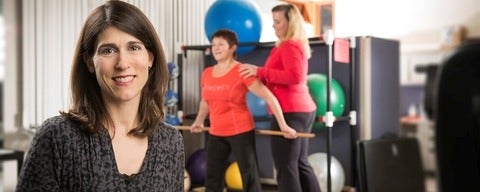Can science keep MLB pitchers off the disabled list?
Investing in biomechanical assessments and revamping strength training programs is the best way to keep major league baseball pitchers off the disabled list, according to research out of the University of Waterloo’s Department of Kinesiology.



